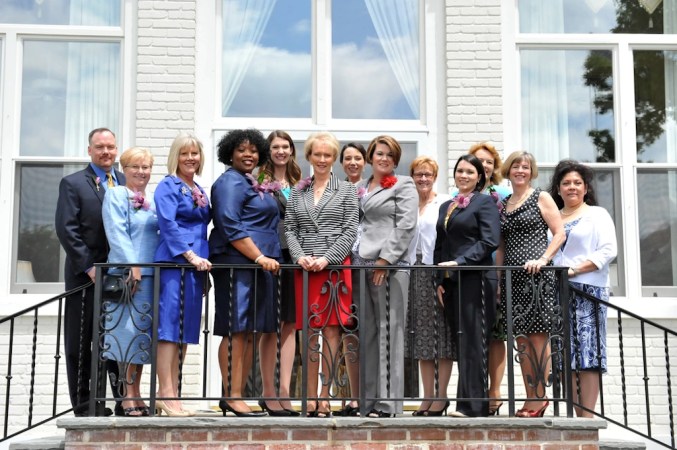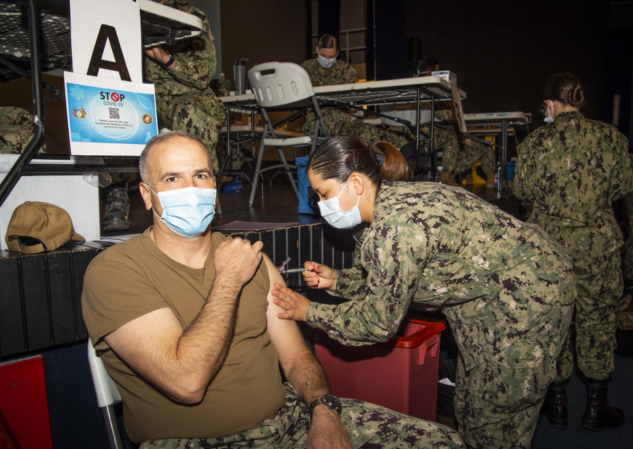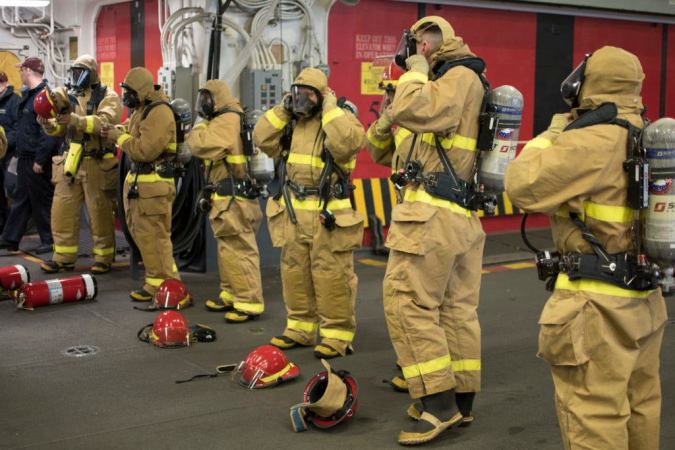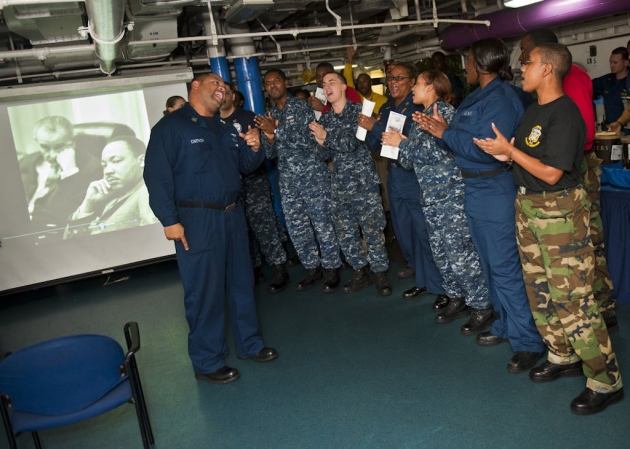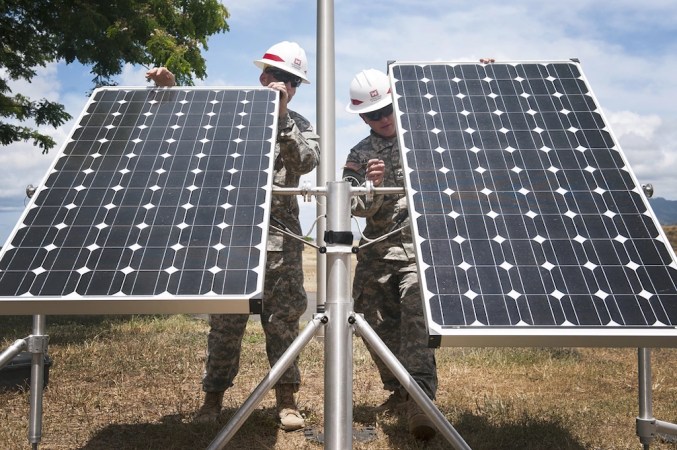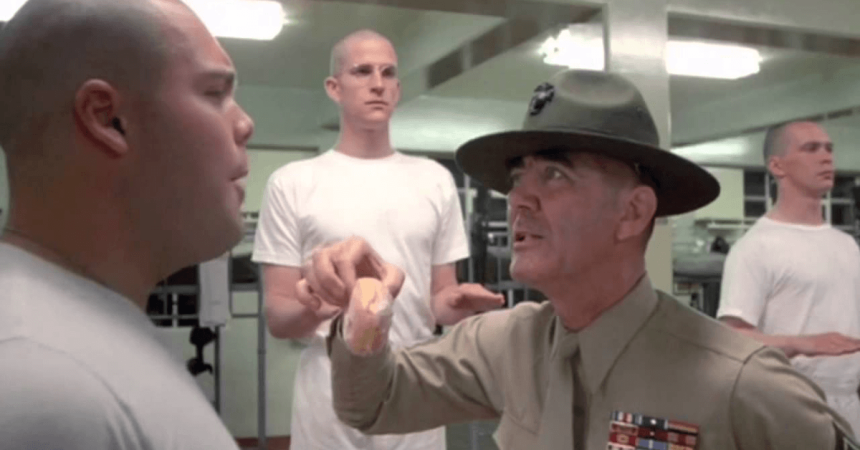The War Office has the unique ability to censor letters, media reports and controls the flow of information from forward-deployed units to the general public. While most military members know this inherently, it might surprise you to understand how censorship got its legs in America and what it looks like today. With all likelihood, there was probably some censorship happening during the Civil War, but because so many service personnel were illiterate, it’s hard to know exact numbers. But there had to be some censorship since often letters crossed into enemy territory. But the real start to military censorship started during WWI and the Espionage Act of 1917.
This act allowed the government to fine citizens for interference with recruiting troops or the refusal to perform military duties. The charge came with a fine of $10,000 and 20 years in prison. Within six months of the act being signed, there were over 1,000 people imprisoned.
The Sedition Act of 1918 meant that it became a crime to criticize the government, the Constitution, the flag, or the uniform of men in military service. This applied to both speeches and writing. Under the two laws, thousands of people were imprisoned for acts of nonviolent protest against the war. Additionally, at least 75 newspapers lost mailing privileges and were under governmental pressure to change their outward-facing editorial attitudes.
President Wilson went so far as to create a Committee on Public Information. This committee created a “voluntary censorship code” with newspaper journalists. The committee released a sanitized version of the news to over 6,000 newspapers every single day.
By WWII, censors were on the lookout for anything a soldier might say that would be of value to the enemy or anything that would contradict the official Committee on Public Information reports. The formal establishment of the Office of Censorship in 1941 gave e formal power to censor all communication between the US and foreign countries and prevented news organizations from publishing information that might inadvertently aid the enemy.

By 1942, the Office of War Information took over the flow of information into and out of the government to pass on “approved” versions of news events to news organizations. The OWI prevented any pictures of graphic photos from being released. It also severely limited the letters that it allowed to get through from forward-deployed service members to their families. Letters sent in foreign languages were intercepted, and since most censors didn’t understand what was written, the letter simply wasn’t delivered.
The Vietnam conflict saw the introduction of “5 O’Clock Follies” where press and military officials would gather to receive information about battles ahead of time. Then, the press would wait to report on them until after the battle started. Service member’s letters were heavily censored during this time as well.
During the Gulf War, censorship was not only blatantly accepted by all media outlets, but it was also expected. News reports were submitted to a security review before being released, and a press pool was established to allow one reported to accompany soldiers to combat areas. Letters from service members continued to be intercepted, and information relating to operational security was removed.
Our current conflicts in the War on Terror are still heavily censored, both in what’s allowed to be known ahead of time (like re-deployment dates and precise locations) and in the access the press has to battles. Most often, journalists are no longer allowed to embed in units, and the government has purchased the exclusive rights for commercial satellite imagery of Afghanistan.
Now more than ever, OPSEC is important, since we all have smart devices that we carry with us. Imagery is shared in our modern world in ways it has never been in the past, making it even more important to keep up situational awareness and not give up secrets. For military members and this community, it’s not as much about free speech as it is protecting and defending the ones we love.



